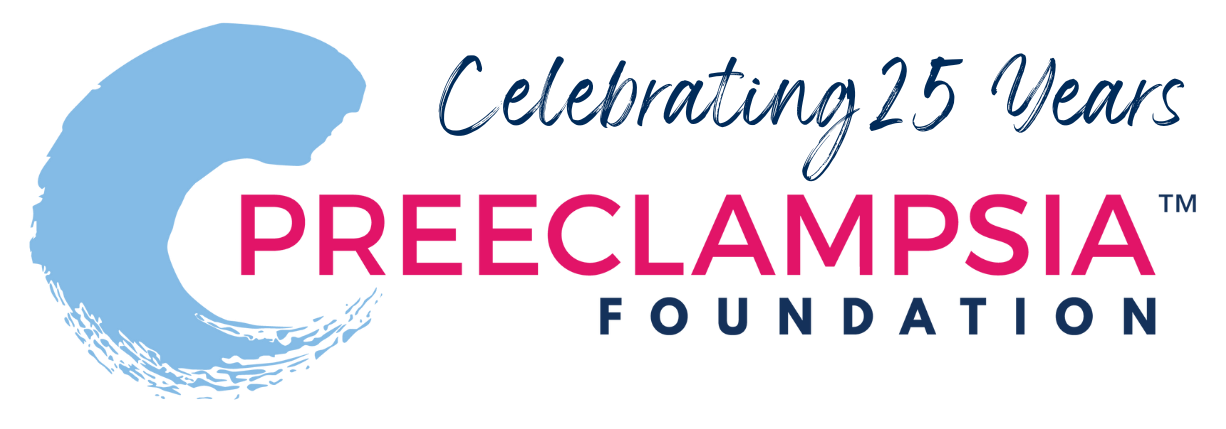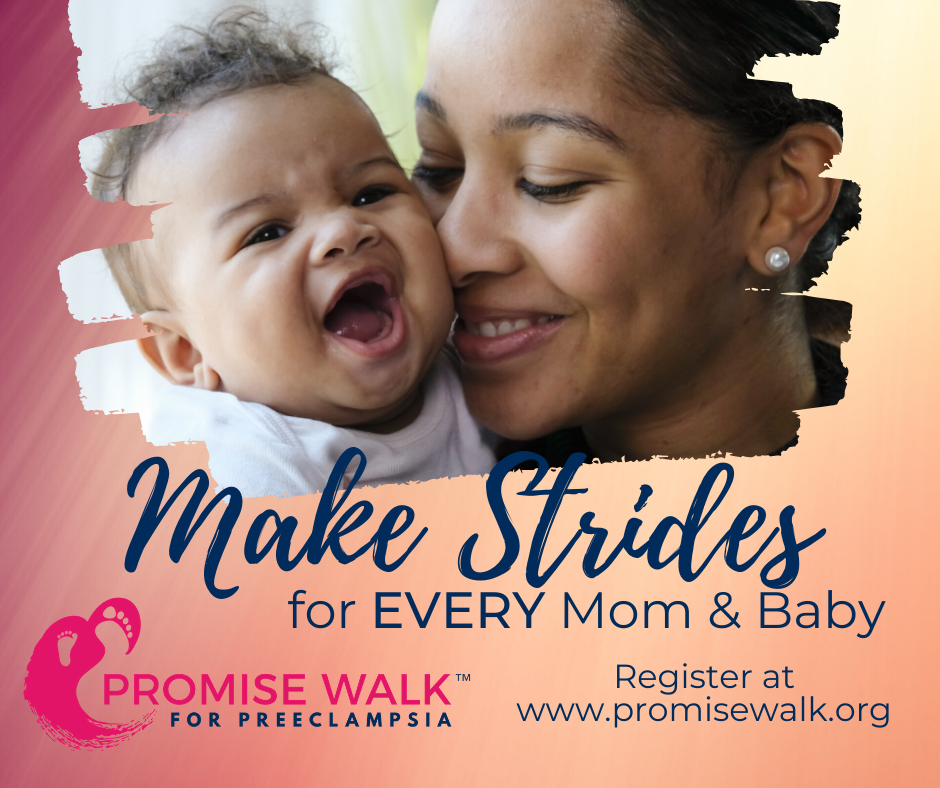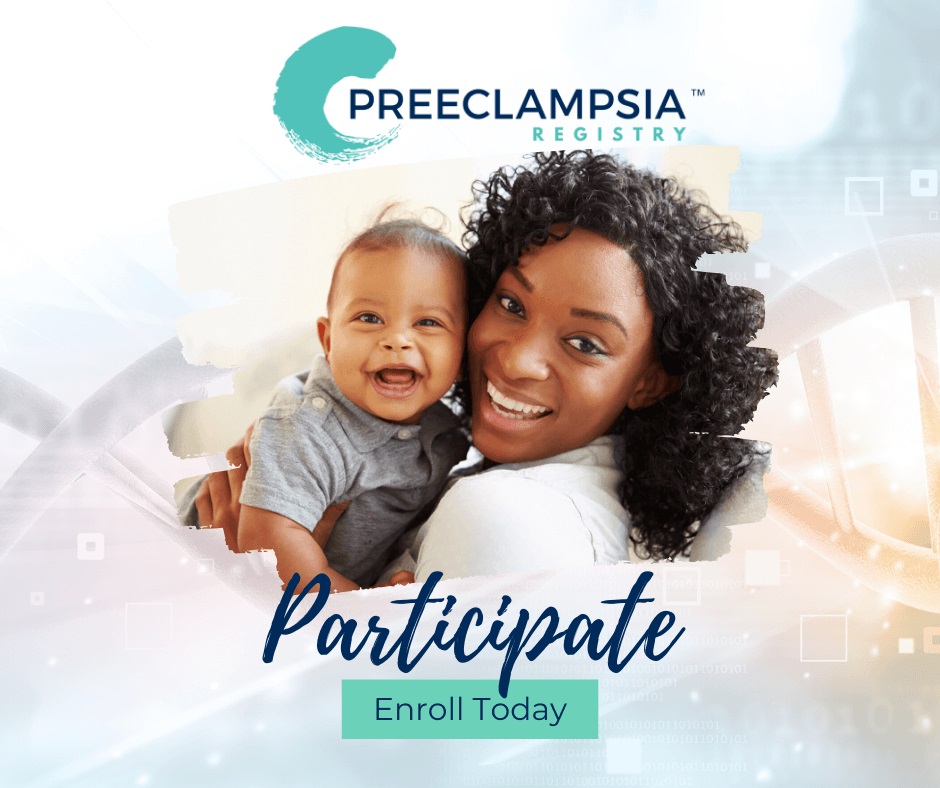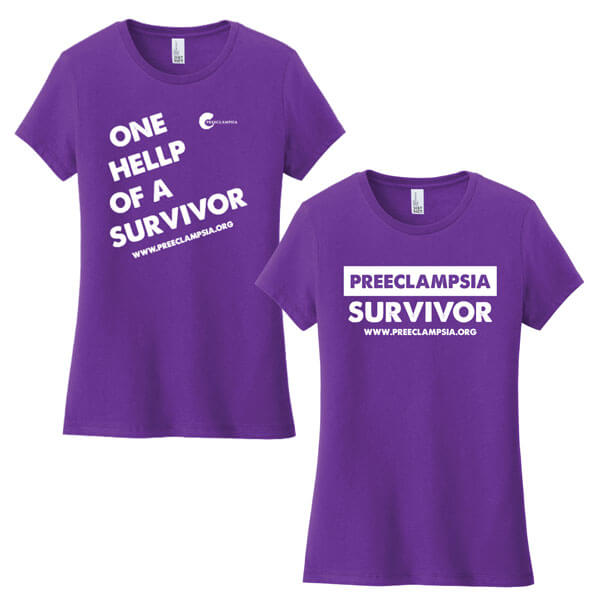
10 Preeclampsia Myths That Are Completely Misleading
When a celebrity like Kim Kardashian, Mariah Carey, or Adriana Lima (or even Lady Sybil from Downton Abbey) experience preeclampsia during their pregnancies, the media often fills up with facts about preeclampsia that are misleading or even downright false.
The myths are everywhere, and we have heard them all.
Most of these myths persist because it is human nature to seek control over the unknown. People may think this information is helpful or reassuring, but it can cause confusion and even emotional distress in patients who have experienced a hypertensive disorder of pregnancy. For signs and symptoms of preeclampsia click here.
Here's the Top 10 Preeclampsia Myths that our team can help to dispel for the next time you hear about preeclampsia in the news:
1) Bedrest can delay the onset of preeclampsia, or at least make your case progress more slowly.
False: trials have shown no strong evidence that bedrest benefits preeclampsia patients. Bedrest can have some difficult side effects too: it is known to raise your risk of depression, bone loss, and blood clots. Follow your doctor’s advice to reduce activity if you've been diagnosed, and ask for clarification, since strict bedrest may do more harm than good.
According to the American College of Obstetrics and Gynecologists, "For women with gestational hypertension or preeclampsia without severe features, it is suggested that strict bedrest *not* be prescribed."
2) Only overweight women get preeclampsia.
False. Any woman can develop preeclampsia in any pregnancy, regardless of BMI. While obesity can put you at higher risk for developing complications like hypertension and gestational diabetes during pregnancy, it does not guarantee that you will develop it.
It's important to note, however, that weight gain of more than 3-5 pounds in a week can be an indicator of preeclampsia. Damaged blood vessels allow more water to leak into and stay in your body's tissue and not to pass through the kidneys to be excreted. Be sure to report your weight gain and swelling of your hands, face or legs to your health care provider if you are concerned.
3) Preeclampsia only happens in first pregnancies.
Mostly false. While preeclampsia happens more often in first-time pregnancies, it can occur during ANY pregnancy and the postpartum period. If you've had preeclampsia, you're considered at high risk to get it again. Sometimes it appears for the first time in a later pregnancy, especially if you've developed an autoimmune condition between pregnancies.
All pregnancies are at risk, which is why ALL expectant moms should be educated on the signs and symptoms to report.
4) If you eat right, you won't get preeclampsia.
False. There's no difference in the diets of women who develop preeclampsia and women who don't – which makes sense, because preeclampsia is related to initial implantation of the placenta, and diet in the rest of the pregnancy isn't going to change that. So far, big trials of diet changes have found no effect on the rate of preeclampsia.
As human beings, we seek to control the situation when bad things like preeclampsia happen. We hope that there is just SOMETHING we could do to make it better, but the truth is that nutrition is complex. Eating healthy during pregnancy is very important for the health of you and your baby, but there's little evidence it affects this complex condition. For more information, visit our ask the expert article on nutrition and preeclampsia.
5) Preeclampsia is rare.
False. Preeclampsia is about as common as breast cancer, occuring in 1 out of every 12 pregnancies (or 8%). While the majority of maternal and infant mortality from preeclampsia happens in developing nation, it takes the lives of 76,000 moms and 500,000 babies each year worldwide.
6) Preeclampsia only happens right before term.
False. Preeclampsia can appear any time from the second trimester to six weeks postpartum. Yes, you can get preeclampsia as early as 20 weeks gestation.
You can get preeclampsia after you've had the baby, so call your healthcare provider if you have any symptoms during the postpartum period.
7) Pregnant women shouldn't be informed about the risk of getting preeclampsia, because it will just stress them out.
Totally false. Pregnant women deserve knowledge of and resources related to this condition. Knowledge is power.
One way that you can advocate for other women is to encourage your healthcare provider to take advantage of the educational resources we provide and ensure every mom is made aware during her pregnancy.
8) Preeclampsia doesn't affect the baby.
Many babies, especially those who don’t have to be delivered early, may not suffer any problems from preeclampsia. However, preeclampsia can affect the baby’s growth, put extra stress on the baby during labor, or even cause the baby to die. The mother may suffer an abruption, where the placenta separates from the wall of the uterus before the baby is born, putting the baby’s life in immediate danger. Some babies will need to be delivered early and are at risk for incomplete lung development and potential long-term health problems.
9) Nausea and vomiting are normal, even later in pregnancy.
This can be a sign of elevated liver enzymes – a symptom of HELLP syndrome, a severe form of preeclampsia. If you experience nausea or vomiting later in your pregnancy, give your healthcare provider a call; you may need blood work to rule out illness. There is also an association between hyperemesis gravidarum (very severe sickness during pregnancy) and preeclampsia, so be sure to speak with your health care provider.
10) Delivery is the cure for preeclampsia.
Delivery starts the healing process from preeclamspia because it removes the placenta. However, during your pregnancy, the placenta exchanged blood between your blood stream and your baby's. You can get worse postpartum (or even experience it for the first time!), because the placenta has dumped chemical proteins into your system and your body has to mop them up, which cannot occur instantly. Women have had seizures as late as several weeks postpartum, which can be life-threatening. Watching for and reporting symptoms of severe headache, visual disturbances, and breathlessness after delivery is important for the safety of new moms.
BONUS MYTH:
11) Health care providers give magnesium sulfate to decrease my blood pressure.
False. This myth persists even among health care providers themselves! Magnesium sulfate is actually an anticonvulsant that is used to prevent the "eclampsia" or seizures, caused by the high blood pressure. Magnesium sulfate can cause a very small, temporary decrease in blood pressure (which is likely how the myth started), but it is not meant to be used as an antihypertensive.
According to the American College of Obstetricians and Gynecologists and other health care provider groups who oversee patient treatment protocols, the proper treatment protocol for preeclampsia during the prenatal or postpartum period is to place the mother on mag sulfate to prevent seizures and to ALSO determine what anti-hypertensive medications and dosage she should be on based on her blood pressure and bloodwork. (There are quite a few medications that are safe for expectant and breastfeeding moms.)
Related Articles

Doulas can help bridge the gap for any mom, but especially those most vulnerable to maternal illness and death.

Stories of our brave women and families who have been affected by preeclampsia and HELLP syndrome. Please note that due to a technical issue, we are currently fixing the images on this page.

What is Preeclampsia? Preeclampsia is a hypertensive disorder that occurs only during pregnancy and the postpartum period and affects both the mother and the unborn baby. Affecting at least...

Birth Trauma Resources Between 25 and 34 percent of women report that their births were traumatic. A traumatic birth experience is defined by circumstances in which the individual patient bel...

Recientemente, me encontré con una publicación en las redes sociales señalando la crisis de salud maternal desde la perspectiva de una mujer negra. Una persona respondió a...

Meghan Markle is opening up about her experience with postpartum preeclampsia in the debut episode of her new podcast, Confessions of a Female Founder. In the episode with her first guest and clo...
1732072344.png)
While the Preeclampsia Foundation has been championing patient advocacy and representation for all families affected by hypertension in pregnancy throughout our 25 year history, we recognized the uniq...
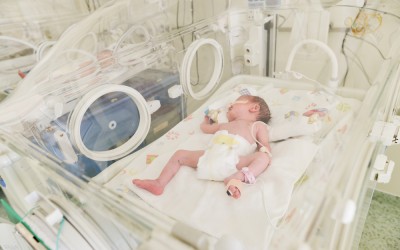
For many members of the preeclampsia, HELLP syndrome, and eclampsia community, the neonatal intensive care unit (NICU) is a life-changing part of their pregnancy and birth experience. Parents from our...

Recently, I came across a social media post calling attention to the global maternal health crisis from a Black woman’s perspective. Someone responded to the post asking, “What’s rac...
